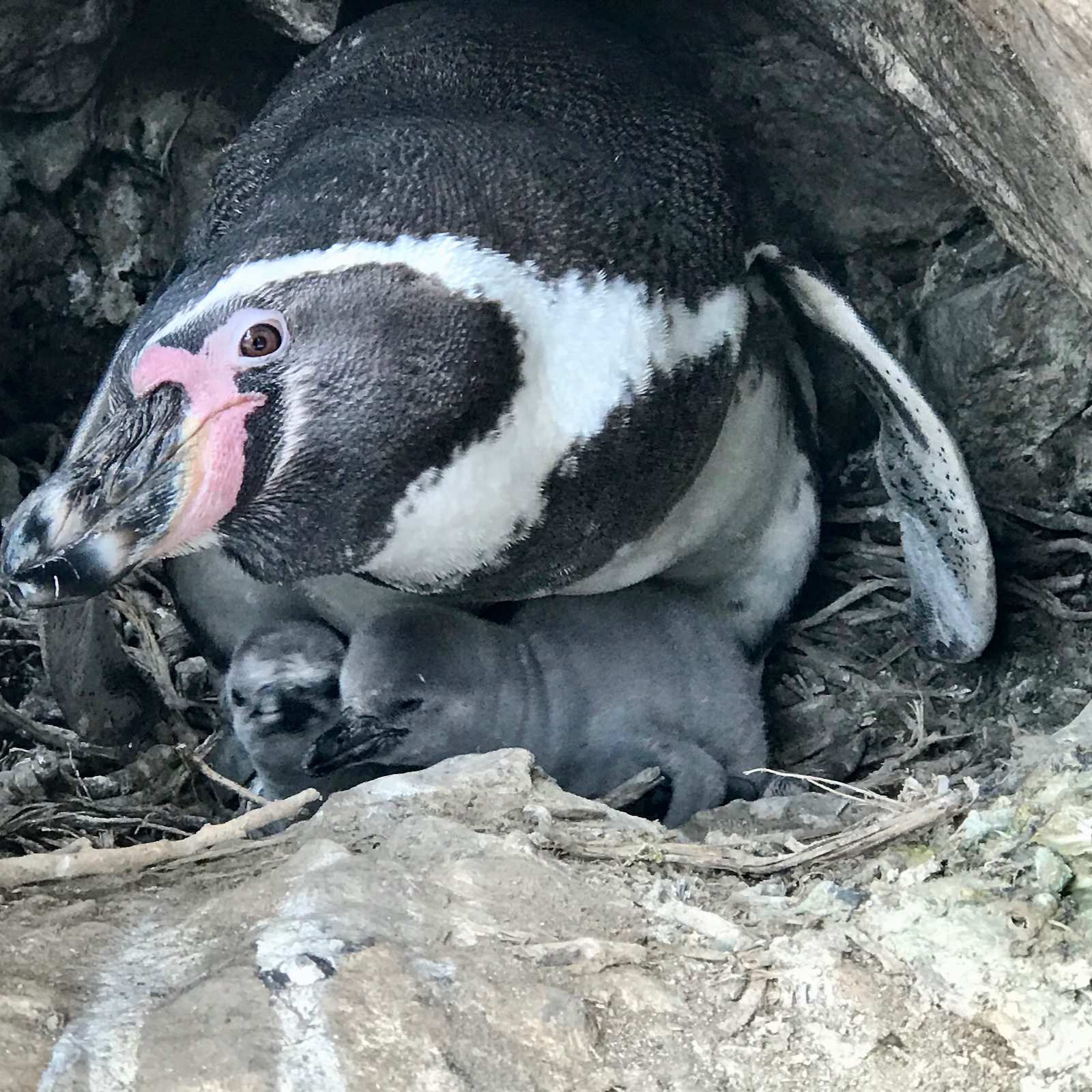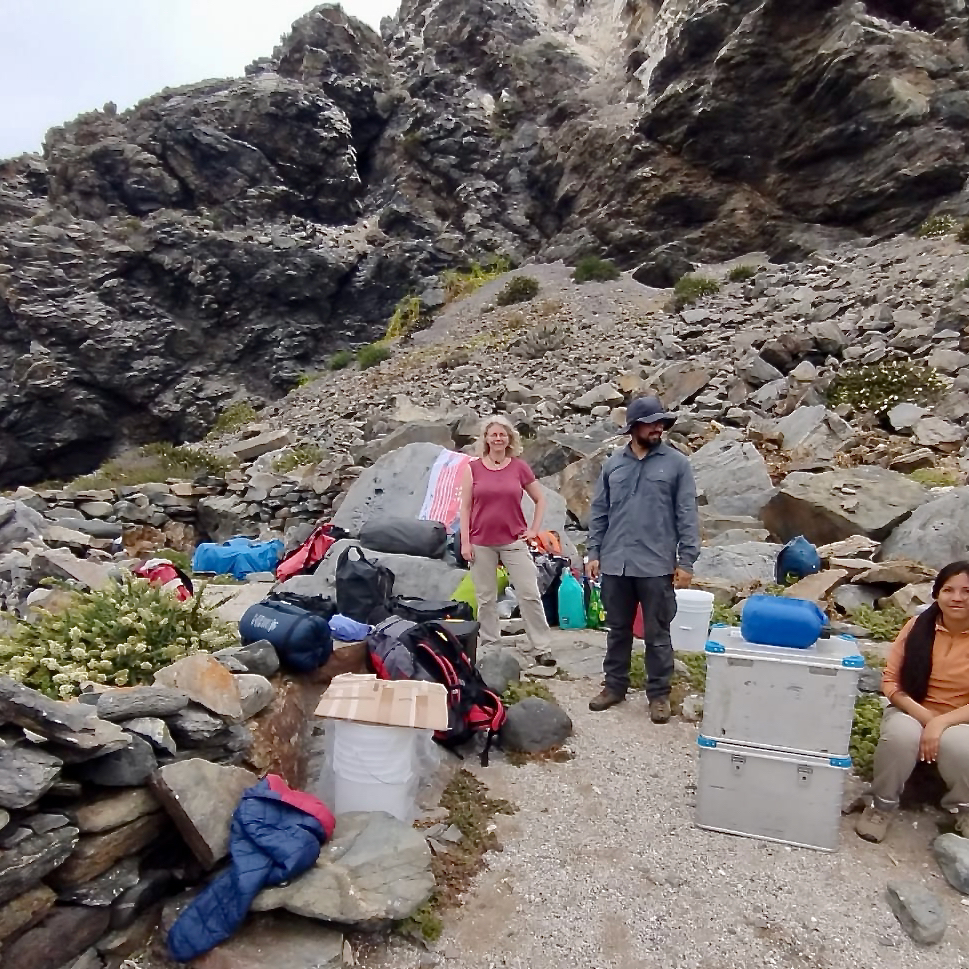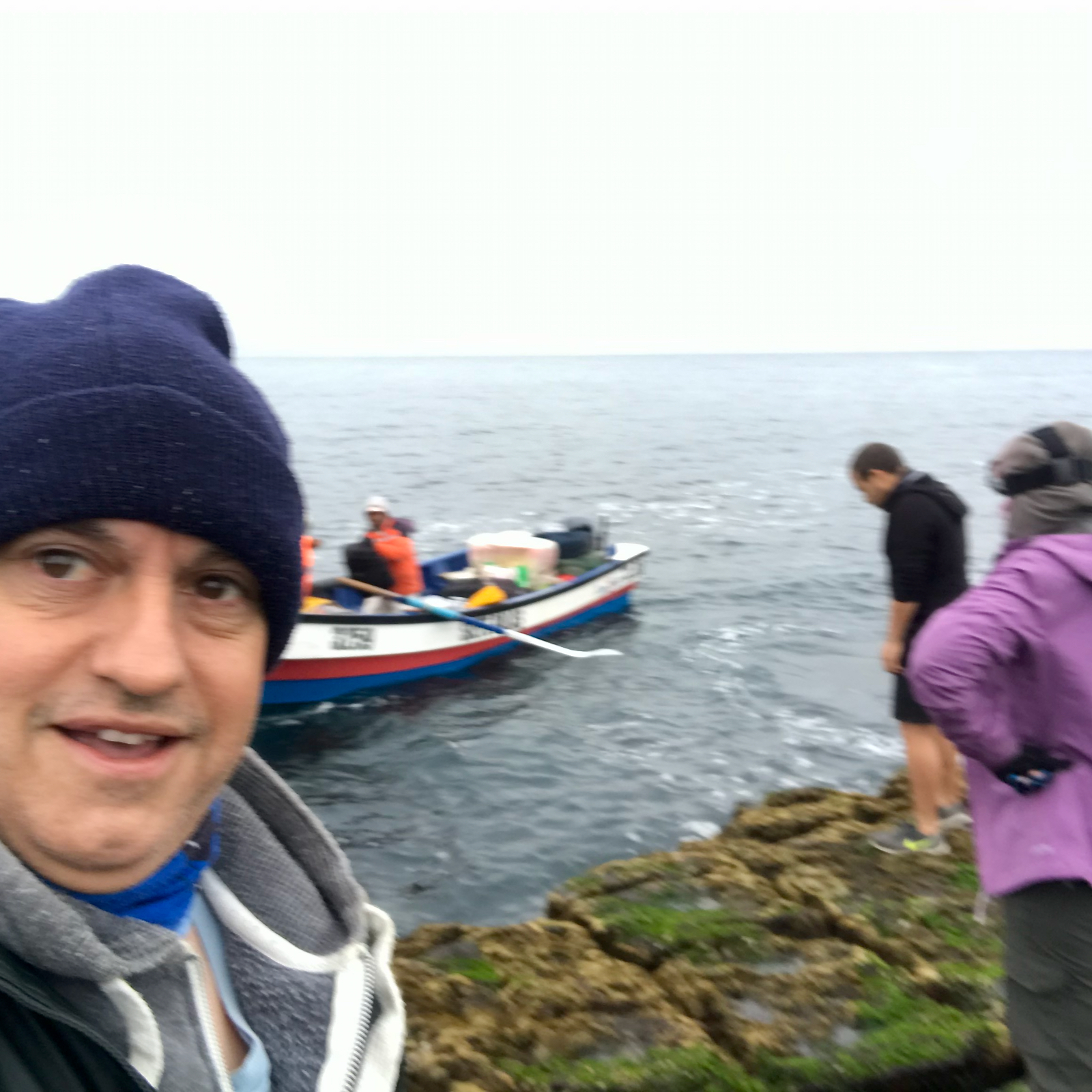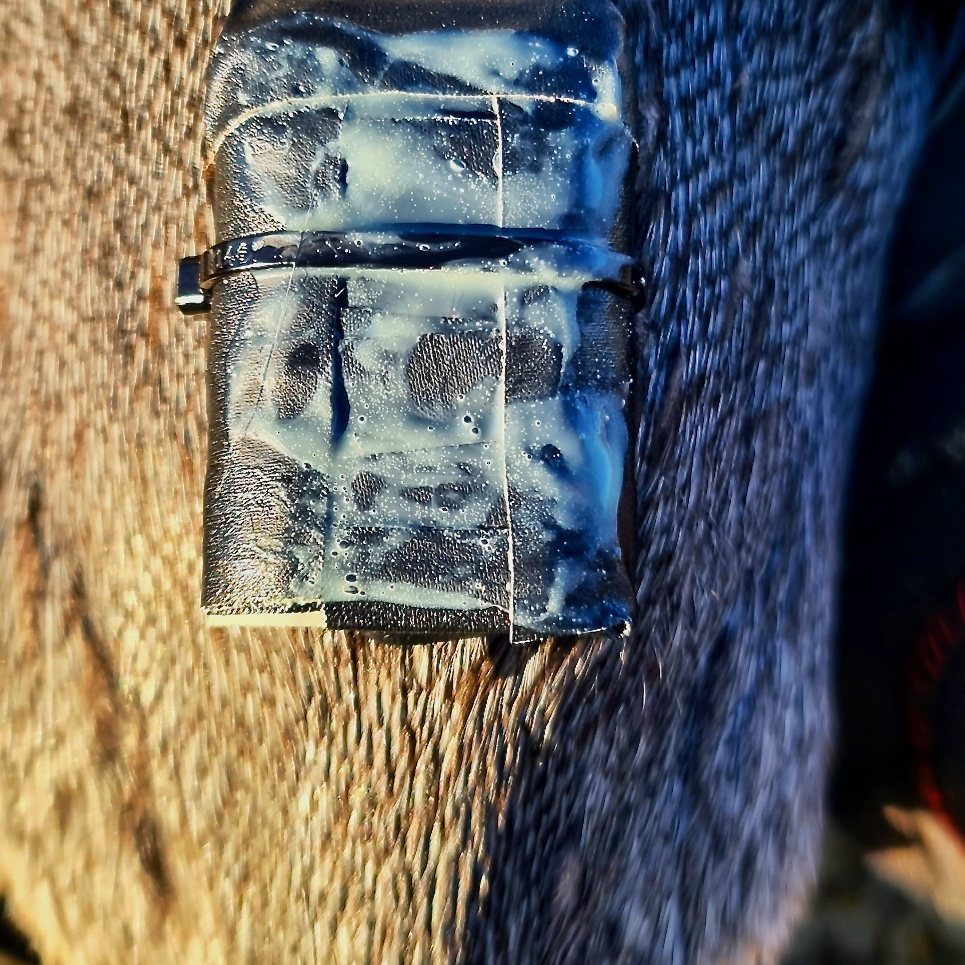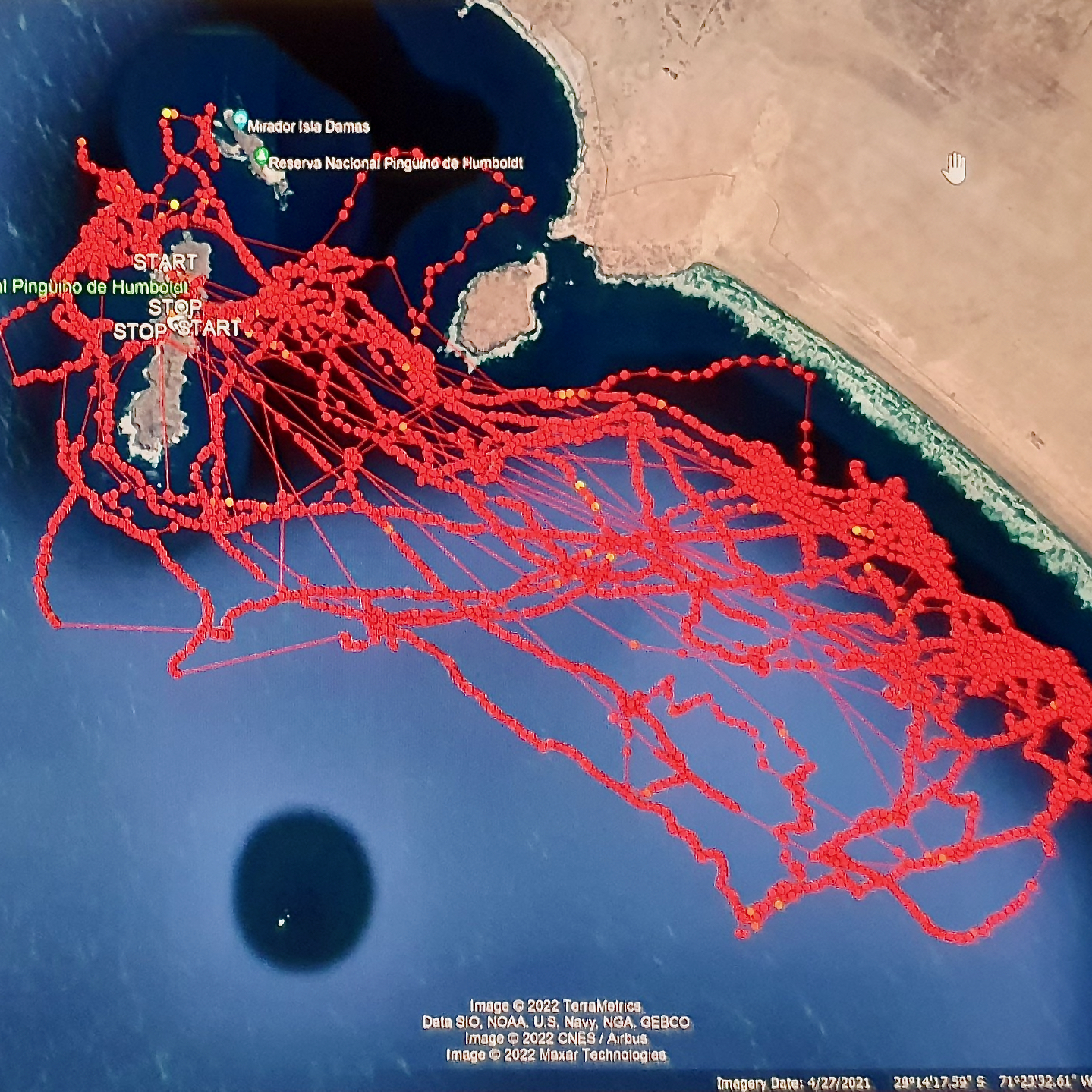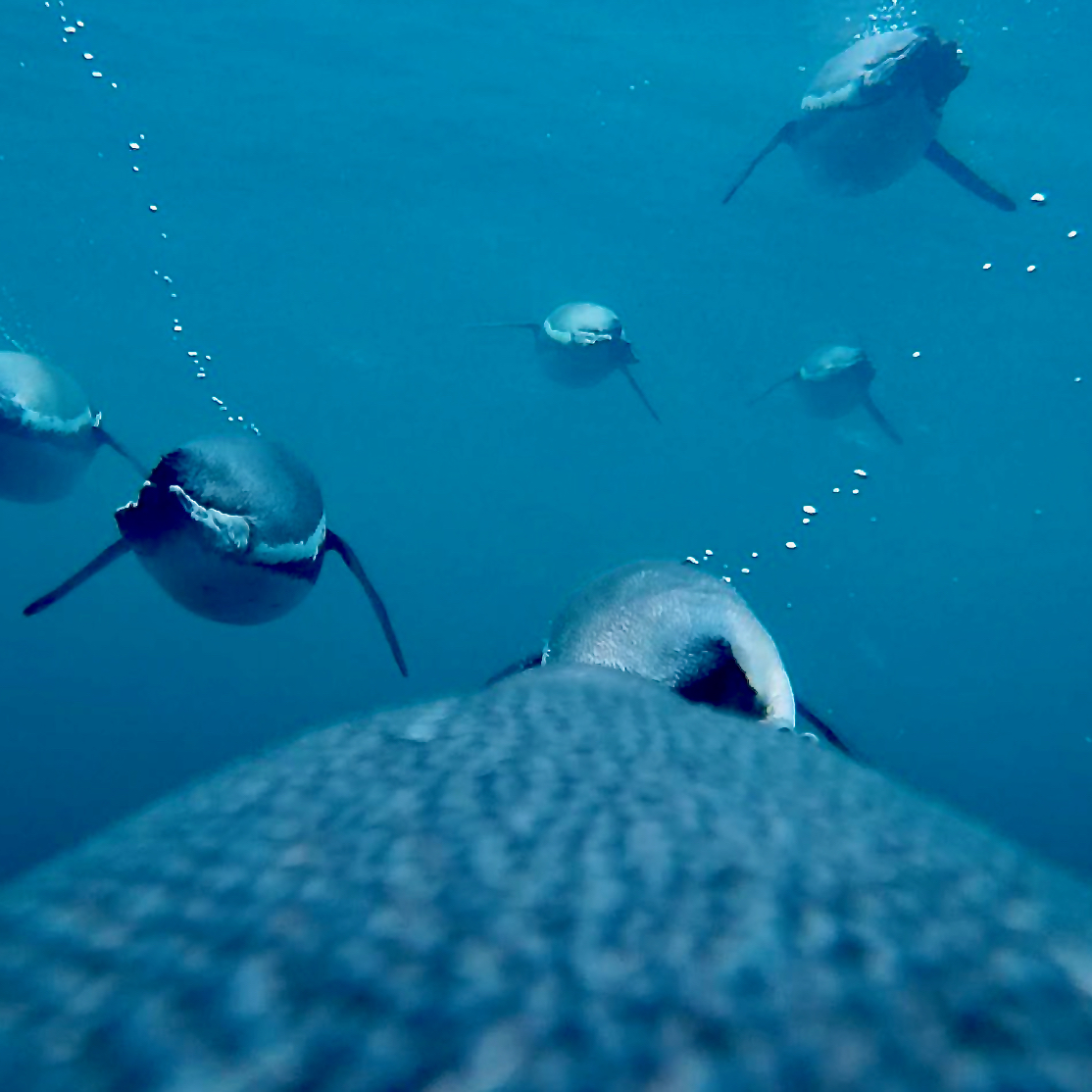Santiago, Landau 9th July 2023.
In recent years, Chilean and New Zealand researchers Alejandro Simeone, Guillermo Luna, Ursula Ellenberg and Thomas Mattern have conducted studies on the population, breeding success and foraging of Humboldt penguins on behalf of Sphenisco. The extensive and costly research work was financially supported by the Species Conservation Foundation Karlsruhe Zoo, the Friends of Hagenbeck Zoo and Dresden Zoo. The slogan "Research for Survival" has been repeatedly reported on these pages ("Projects Chile", July 2022 and "News", February 2023). Now the researchers present their approach and results in the final report "Investigations of the population and foraging behaviour of Humboldt penguins in Chile": „… During the breeding seasons 2021-2022 and 2022-2023 (October to December), we studied the breeding population of the Humboldt penguin (Spheniscus humboldti) on 10 islands along the coast of north-central Chile. The islands vary greatly in area, from 3 ha (Islote Pájaro Niño) to 516 ha (Chañaral), and in population, from 35 breeding pairs (Islote Ramadas) to 729 breeding pairs (Isla Chachagua). The total population was estimated at 2,511 breeding pairs.
During the 2021-2022 season, we were able to continuously monitor the breeding season of Humboldt penguins on Chañaral and Choros Islands from November to February. With 40 nests monitored on Chañaral Island, we found a hatching success rate of 0.76 and a breeding success rate of 1.03 fledglings per nest. On Choros, these values were 0.86 and 1.43 respectively. Due to external administrative problems (CONAF staff strike) and the later outbreak of avian influenza in the study region, we could only determine the hatching success rate for both colonies for the 2022-2023 season: 0.21 for Chañaral and 0.91 for Choros. As monitoring was interrupted in December 2022 and January 2023, it was not possible to determine breeding success in both colonies.
Between 14 and 21 June 2022, we conducted the first tracking study of Humboldt penguins on Choros using GPS dive loggers. A total of 12 birds on chicks were fitted with devices that were left on the birds for an average of 4-7 days. Data was obtained from a total of 10 missions; two devices could not be recovered. During this winter breeding season, the birds travelled on average no further than 20 km from their nesting sites and made about 390 dives per hunting trip; such trips lasted an average of 16 hours. A pattern emerged that suggested that penguins breeding on the western side of the island mainly went southwest and thus pelagically in search of food. Penguins from the eastern coast tended to forage near the shore of the mainland. This pattern was further investigated during the summer breeding season (25 November to 17 December 2022) with an additional 13 GPS loggers and 6 additional PenguCam camera loggers. The resulting foraging data showed that the area to the southwest is an important foraging location for breeding penguins, but also emphasised that foraging along the mainland coast towards the southwest is equally important, with penguins almost reaching the area of the currently planned mining ports. The PenguCam deployments provided new insights into foraging behaviour, including cooperative foraging in large groups (50+) of penguins."
Alarming population figures, new data on breeding success and foraging for the first time. Humboldt penguins consume food that was previously unknown. The penguins hunt at different ocean depths than assumed, traveling alone, but also in groups of up to 50 individuals (see video). A behavior that leads to a much higher risk in terms of bycatch mortality. The extremely interesting report is expressly recommended to penguin friends and interested people for reading. (Link PDF file)
The researchers and Sphenisco plan to continue the project. In doing so, the available data will be useful in illuminating effects of rampant avian influenza and a new El Niño event on population size, breeding success, and foraging behavior.
The researchers dedicated their research to Gabriele Knauf. Project manager Alejandro Simeone writes: "Big undertakings like this project usually start with big dreams. And we thank Gabriele Knauf (1954-2023), founder and long-time chairwoman of Sphenisco, for inspiring and supporting this dream. Her enthusiasm, perseverance and personal commitment to the study and conservation of the Humboldt Penguin have always been a key factor in the success of this and many other projects in Chile and Peru. We dedicate the results of this project and their future application to her memory.
W. K.
translated by Claudia Fawer



